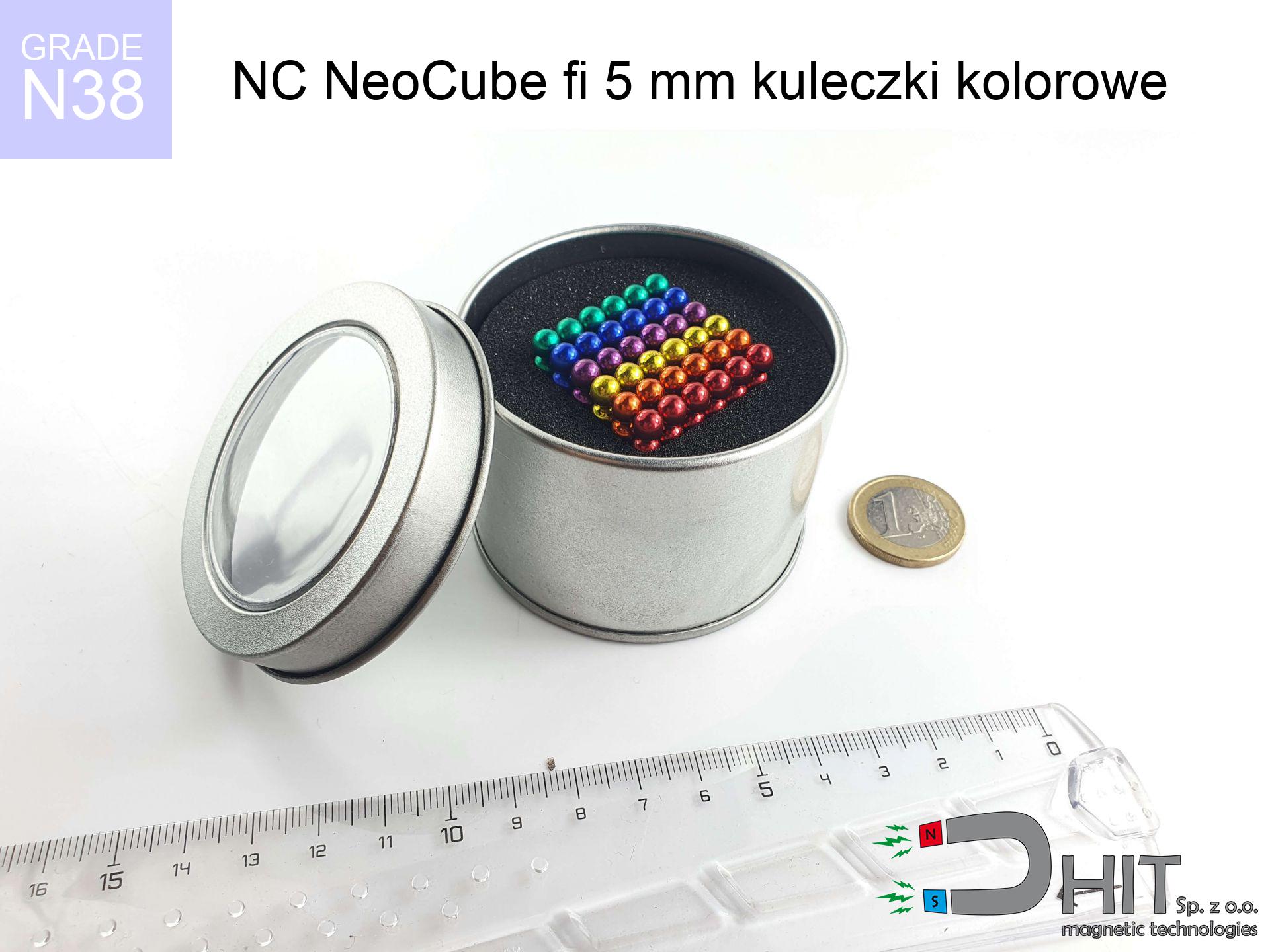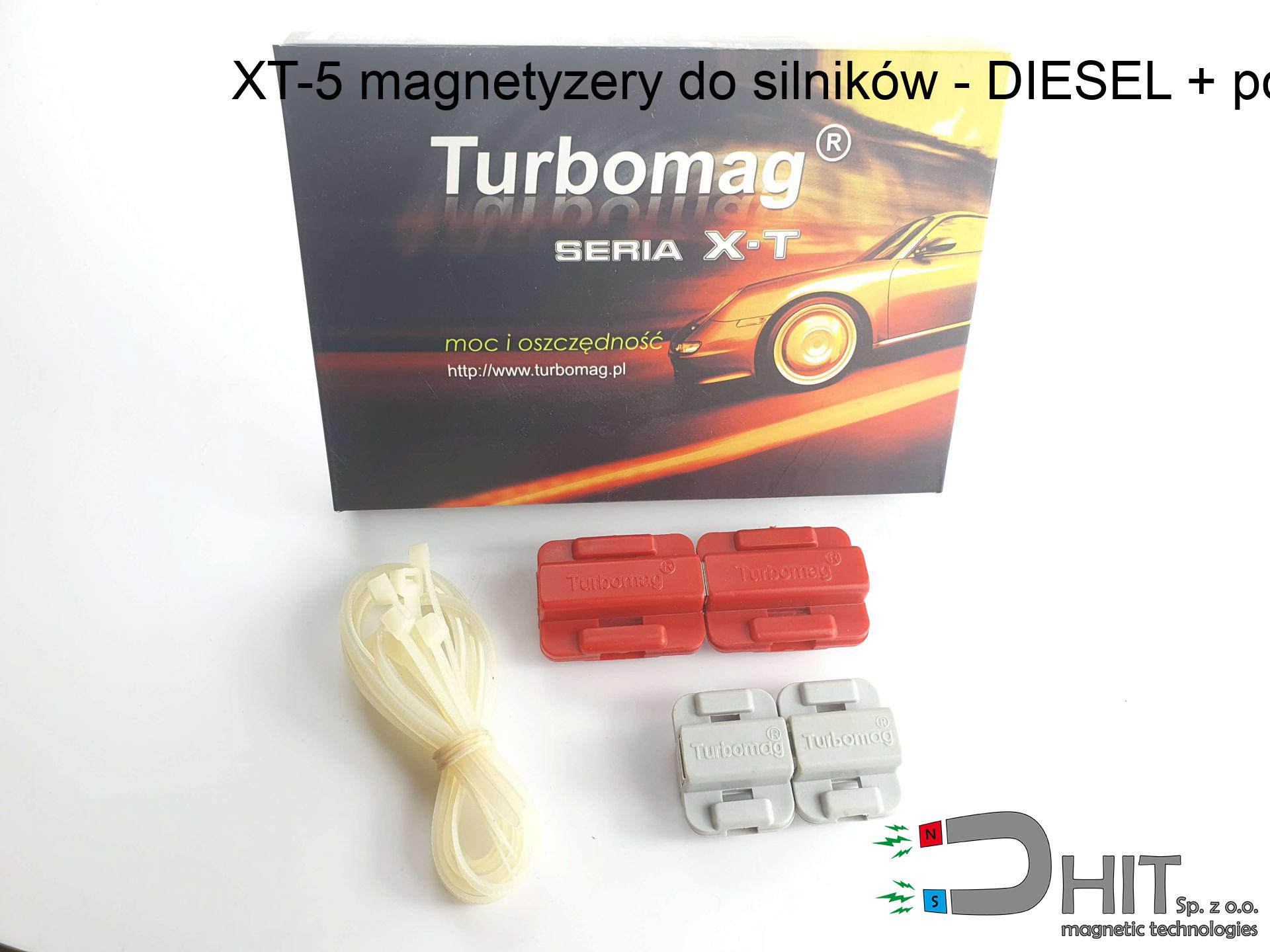UI 45x13x5 [M301] / N38 - badge holder
badge holder
Catalog no 150208
GTIN/EAN: 5906301813552
length
45 mm [±1 mm]
Width
13 mm [±1 mm]
Height
5 mm [±1 mm]
Weight
0.14 g
Load capacity
1.10 kg / 10.79 N
2.40 ZŁ with VAT / pcs + price for transport
1.950 ZŁ net + 23% VAT / pcs
bulk discounts:
Need more?Looking for a better price?
Give us a call
+48 888 99 98 98
alternatively contact us through
request form
the contact form page.
Strength as well as shape of magnets can be calculated with our
online calculation tool.
Orders submitted before 14:00 will be dispatched today!
UI 45x13x5 [M301] / N38 - badge holder
Specification / characteristics UI 45x13x5 [M301] / N38 - badge holder
| properties | values |
|---|---|
| Cat. no. | 150208 |
| GTIN/EAN | 5906301813552 |
| Production/Distribution | Dhit sp. z o.o. |
| Country of origin | Poland / China / Germany |
| Customs code | 85059029 |
| length | 45 mm [±1 mm] |
| Width | 13 mm [±1 mm] |
| Height | 5 mm [±1 mm] |
| Weight | 0.14 g |
| Load capacity ~ ? | 1.10 kg / 10.79 N |
| Manufacturing Tolerance | ±1 mm |
Magnetic properties of material N38
| properties | values | units |
|---|---|---|
| remenance Br [min. - max.] ? | 12.2-12.6 | kGs |
| remenance Br [min. - max.] ? | 1220-1260 | mT |
| coercivity bHc ? | 10.8-11.5 | kOe |
| coercivity bHc ? | 860-915 | kA/m |
| actual internal force iHc | ≥ 12 | kOe |
| actual internal force iHc | ≥ 955 | kA/m |
| energy density [min. - max.] ? | 36-38 | BH max MGOe |
| energy density [min. - max.] ? | 287-303 | BH max KJ/m |
| max. temperature ? | ≤ 80 | °C |
Physical properties of sintered neodymium magnets Nd2Fe14B at 20°C
| properties | values | units |
|---|---|---|
| Vickers hardness | ≥550 | Hv |
| Density | ≥7.4 | g/cm3 |
| Curie Temperature TC | 312 - 380 | °C |
| Curie Temperature TF | 593 - 716 | °F |
| Specific resistance | 150 | μΩ⋅cm |
| Bending strength | 250 | MPa |
| Compressive strength | 1000~1100 | MPa |
| Thermal expansion parallel (∥) to orientation (M) | (3-4) x 10-6 | °C-1 |
| Thermal expansion perpendicular (⊥) to orientation (M) | -(1-3) x 10-6 | °C-1 |
| Young's modulus | 1.7 x 104 | kg/mm² |
Chemical composition
| iron (Fe) | 64% – 68% |
| neodymium (Nd) | 29% – 32% |
| boron (B) | 1.1% – 1.2% |
| dysprosium (Dy) | 0.5% – 2.0% |
| coating (Ni-Cu-Ni) | < 0.05% |
Ecology and recycling (GPSR)
| recyclability (EoL) | 100% |
| recycled raw materials | ~10% (pre-cons) |
| carbon footprint | low / zredukowany |
| waste code (EWC) | 16 02 16 |
Other offers
Strengths and weaknesses of neodymium magnets.
Pros
- They retain magnetic properties for almost ten years – the loss is just ~1% (according to analyses),
- They are resistant to demagnetization induced by external field influence,
- By covering with a reflective layer of silver, the element acquires an modern look,
- Magnets are distinguished by maximum magnetic induction on the active area,
- Made from properly selected components, these magnets show impressive resistance to high heat, enabling them to function (depending on their shape) at temperatures up to 230°C and above...
- Thanks to the potential of precise forming and adaptation to custom solutions, neodymium magnets can be created in a broad palette of geometric configurations, which expands the range of possible applications,
- Significant place in innovative solutions – they are utilized in mass storage devices, electric motors, precision medical tools, also complex engineering applications.
- Thanks to concentrated force, small magnets offer high operating force, occupying minimum space,
Limitations
- To avoid cracks under impact, we suggest using special steel housings. Such a solution protects the magnet and simultaneously improves its durability.
- Neodymium magnets lose their power under the influence of heating. As soon as 80°C is exceeded, many of them start losing their power. Therefore, we recommend our special magnets marked [AH], which maintain durability even at temperatures up to 230°C
- Magnets exposed to a humid environment can rust. Therefore during using outdoors, we recommend using water-impermeable magnets made of rubber, plastic or other material resistant to moisture
- Limited ability of creating nuts in the magnet and complicated shapes - recommended is casing - magnetic holder.
- Possible danger resulting from small fragments of magnets are risky, in case of ingestion, which becomes key in the context of child health protection. Furthermore, small elements of these products can disrupt the diagnostic process medical in case of swallowing.
- High unit price – neodymium magnets have a higher price than other types of magnets (e.g. ferrite), which can limit application in large quantities
Lifting parameters
Highest magnetic holding force – what affects it?
- using a plate made of low-carbon steel, serving as a magnetic yoke
- possessing a massiveness of min. 10 mm to ensure full flux closure
- with a surface perfectly flat
- with total lack of distance (without coatings)
- during pulling in a direction perpendicular to the plane
- at standard ambient temperature
Impact of factors on magnetic holding capacity in practice
- Clearance – existence of any layer (paint, tape, air) interrupts the magnetic circuit, which lowers capacity rapidly (even by 50% at 0.5 mm).
- Force direction – declared lifting capacity refers to pulling vertically. When slipping, the magnet exhibits significantly lower power (often approx. 20-30% of maximum force).
- Substrate thickness – to utilize 100% power, the steel must be adequately massive. Paper-thin metal restricts the lifting capacity (the magnet "punches through" it).
- Steel grade – ideal substrate is pure iron steel. Cast iron may attract less.
- Surface structure – the more even the plate, the better the adhesion and stronger the hold. Roughness acts like micro-gaps.
- Thermal environment – temperature increase causes a temporary drop of induction. It is worth remembering the thermal limit for a given model.
Lifting capacity was determined using a polished steel plate of suitable thickness (min. 20 mm), under perpendicular detachment force, whereas under attempts to slide the magnet the load capacity is reduced by as much as 5 times. Moreover, even a small distance between the magnet’s surface and the plate decreases the holding force.
Phone sensors
GPS units and smartphones are extremely susceptible to magnetic fields. Close proximity with a strong magnet can ruin the internal compass in your phone.
Nickel coating and allergies
Medical facts indicate that nickel (the usual finish) is a strong allergen. If your skin reacts to metals, prevent direct skin contact and select coated magnets.
Danger to pacemakers
People with a ICD must maintain an large gap from magnets. The magnetism can stop the functioning of the implant.
Demagnetization risk
Regular neodymium magnets (grade N) lose power when the temperature exceeds 80°C. Damage is permanent.
Fragile material
Neodymium magnets are sintered ceramics, which means they are very brittle. Impact of two magnets leads to them cracking into small pieces.
Fire warning
Machining of neodymium magnets carries a risk of fire risk. Magnetic powder oxidizes rapidly with oxygen and is difficult to extinguish.
Bone fractures
Pinching hazard: The pulling power is so great that it can cause blood blisters, pinching, and even bone fractures. Use thick gloves.
Magnetic media
Device Safety: Strong magnets can ruin payment cards and delicate electronics (heart implants, hearing aids, mechanical watches).
This is not a toy
Adult use only. Tiny parts can be swallowed, causing intestinal necrosis. Store away from kids and pets.
Respect the power
Handle with care. Neodymium magnets attract from a long distance and snap with massive power, often quicker than you can move away.

![Magnet for badge UI 45x13x5 [M301] / N38 Magnet for badge UI 45x13x5 [M301] / N38](https://cdn3.dhit.pl/graphics/banners/magnet.webp)
![UI 45x13x5 [M301] / N38 - badge holder](https://cdn3.dhit.pl/graphics/products/ui45x13x5-m301-vud.jpg)


![SM 32x100 [2xM8] / N52 - magnetic separator SM 32x100 [2xM8] / N52 - magnetic separator](https://cdn3.dhit.pl/graphics/products/sm-32x100-2xm8-war.jpg)


